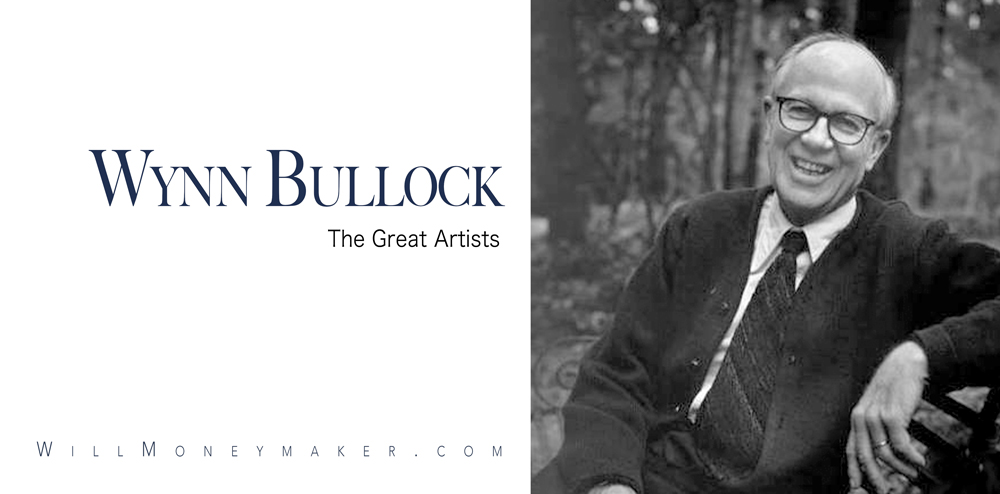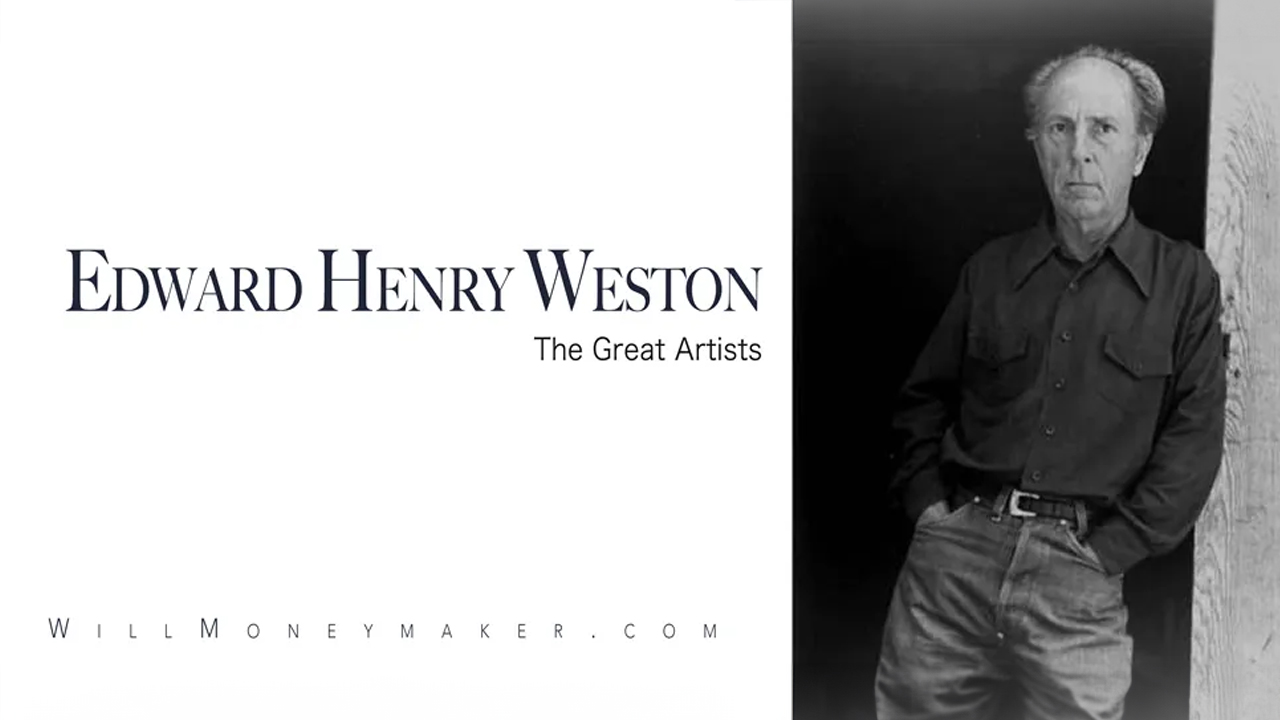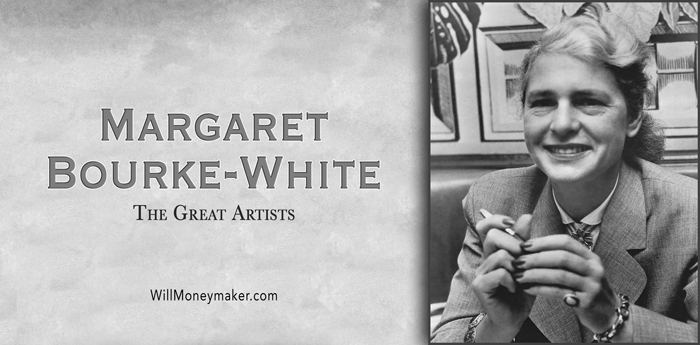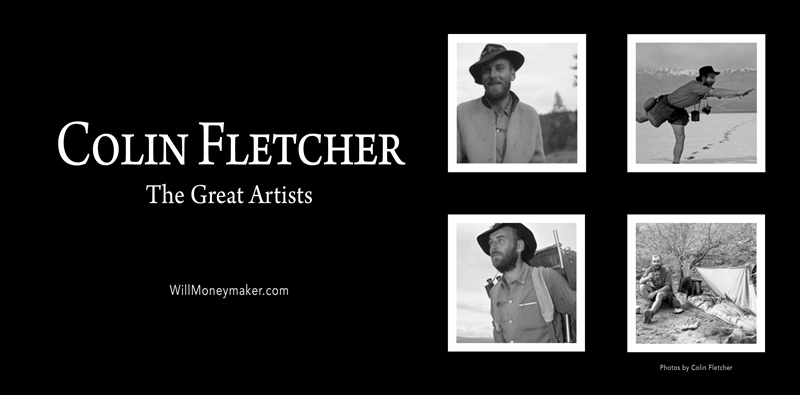There is so much we can learn from history’s greatest photographers. This time around, let’s take a look at Wynn Bullock, his life, and his body of work. If there’s one quote that embodies his art, it’s this one:
“Searching is everything – going beyond what you know. And the test of the search is really in the things themselves, the things you seek to understand. What is important is not what you think about them, but how they enlarge you.”
That really is what photography is all about, isn’t it? Searching, going beyond what we know, and letting our experiences enlarge us.
Bullock was a man with multiple talents, one who led a fascinating life and continued producing creative works until his death in 1975. Let’s get started by digging into his history so that we can understand the perspective from which he created.
Bullock’s Background
Born in 1902, Bullock’s life began in Chicago, though his family later moved to South Pasadena, California, where he was raised. His childhood was filled with multiple passions. Singing was one of his main pursuits, but he also got into football, swimming, baseball, and tennis.
Music was his primary vocation, however, which was why he moved to New York upon graduating high school. Once in NYC, he got a job as a chorus member in Irving Berlin’s Music Box Revue, and from there, he sometimes got to take the lead tenor role when headlining artists were unable to perform. This eventually transitioned to a major position with the Music Box Review Road Company. By the 1920s, he’d gone to Europe, where he studied vocals and gave performances in Italy, France, and Germany.
Bullock’s time in Paris may have been the spark that ignited his photographic career. In Paris, the works of impressionist and post-impressionist painters captured his attention — followed shortly by photographers like Man Ray and Lazlo Moholy-Nagy. Once he discovered photography, the rest is history. Completely enchanted with an art form based largely on light, he purchased a camera. In his own words, Bullock once said,
“My first ambition was to become a concert singer… But interpreting others’ creative work did not satisfy my own creative impulses and so I turned to photography.”
Around the same time as his photographic discovery, Bullock married his first wife, Mary Elizabeth McCarty. This was in 1925 — and the marriage would later end in divorce in 1941, but not before the couple had two children, Mary Wynne, and George.
The Great Depression brought a stop to Bullock’s European travels. He returned to the United States to focus on the management of his wife’s family business. This also marked the end of his musical career. In lieu of that, Bullock spent his time studying law while pursuing photography as a hobby. By 1938, he and his family moved to Los Angeles, where he followed in his mother’s footsteps by enrolling in the University of Southern California to study law. His mother, Georgia P. Bullock, had become California’s first woman jurist.
Pursuit of law in Los Angeles lasted only a few weeks. Disillusioned, Bullock left law school and instead went to the nearby Art Center school to become a student of photography.
Photographic Career
Bullock was a diverse man — and his photographic career displays that same diversity so prominent throughout the rest of his life. Between 1938 and 1940, he experimented a lot with alternative processes including bas relief and solarization. Some of these works were displayed after his graduation from the Art Center by the L.A. County Museum.
From there, he went into the military, and the Army later released him so he could take pictures for the aircraft industry — first at Lockheed, then Connors-Joyce through the end of the war.
By war’s end, he’d remarried — this time to Edna Jeanette Earle — and the couple had their first daughter, Barbara. During this period of his life, Bullock traveled around California, creating postcard pictures and working as a part-owner of a photography business out of Santa Maria. He was a busy man between 1945 and 1946, also winning two patents for developing methods for controlling the line effect of solarization.
By 1946, he’d settled down again, holding the photographic concession at Fort Ord military base. This continued through 1959 when he left the concession and carried on with freelance work. In 1953, Bullock and his wife welcomed another daughter into the world, Lynne Marie. By 1955, his photographic career really took off when two of his prints featured in a Museum of Modern Art exhibit.
Bullock’s Inspirations
Early in his career, Man Ray, Laszlo Maholy-Nagy and Edward Kaminski from the Art Center served as major photographic inspirations for Bullock. As his career developed, Edward Weston became one of Bullock’s greatest inspirations. The two met in 1948, and Weston’s photography inspired Bullock to explore straight photography, which is a type of photography that attempts to make sure all elements within the frame are in sharp detail.
Fellow photographers weren’t his only source of inspiration. Bullock craved learning, so many of the principles behind his work come from physics, philosophy, psychology, eastern religions, and other art forms, too. On this subject, Bullock had this to say about it:
“Theoretical scientists who probe the secrets of the universe and philosophers who seek answers to existence, as well as painters such as Paul Klee who find the thoughts of men of science compatible with art, influence me far more than most photographers.”
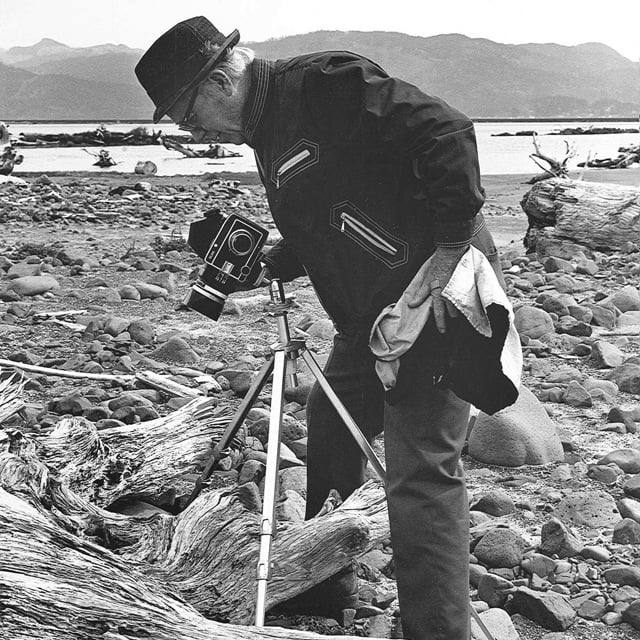
Philosophies
Bullock was a man of many philosophies, someone who combined multiple disciplines and a love of learning with his art in order to truly learn the essence of the things that he photographed. Later in his career, he stated that light was “perhaps the most profound truth in the universe.” This is because to Bullock, light was at the heart of everything — both photography and life itself. As you’ve seen through some of the quotes here, Bullock was both an experimenter and an explorer, and these ideas come through strongly in his photography.
Prominent Photographs
Bullock’s breakout into the spotlight came in 1955 when the Museum of Modern Art featured two of his images in “Family of Man” exhibit. These were “Let There Be Light” and “Child in Forest.” In these two images, you can see how Bullock’s belief in light guided his photographic eye. Both make careful use of lighting to provide beautiful highlights and contrasts that lend depth and complexity to the images. Another set of photographs that perfectly encompasses Bullock’s philosophies is the body of work called “Color Light Abstractions.” When you get the chance, surf over to his website to view them. They’re an absolutely beautiful grouping of images in which Bullock masterfully manipulated light to create gorgeous abstract imagery.

